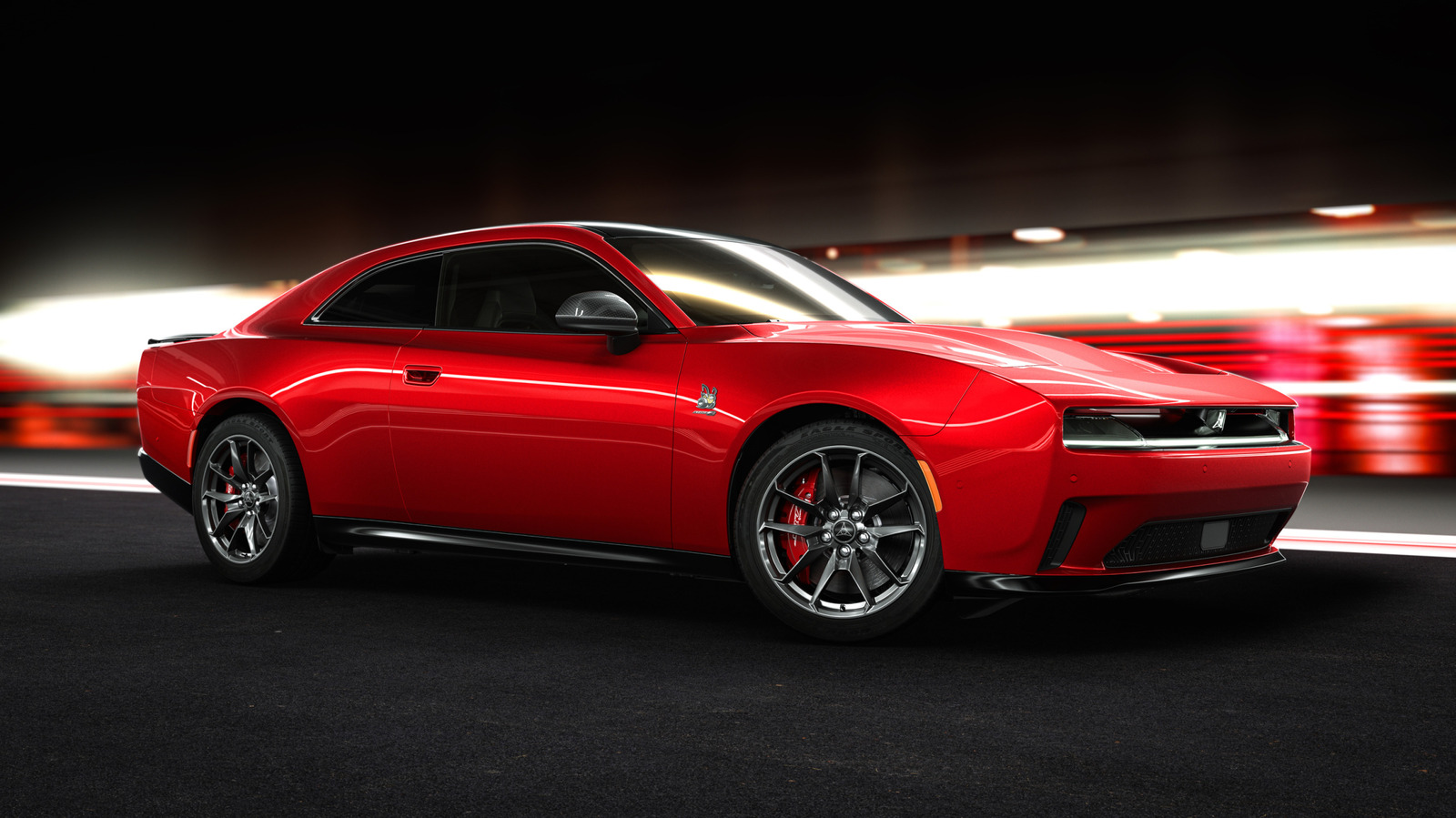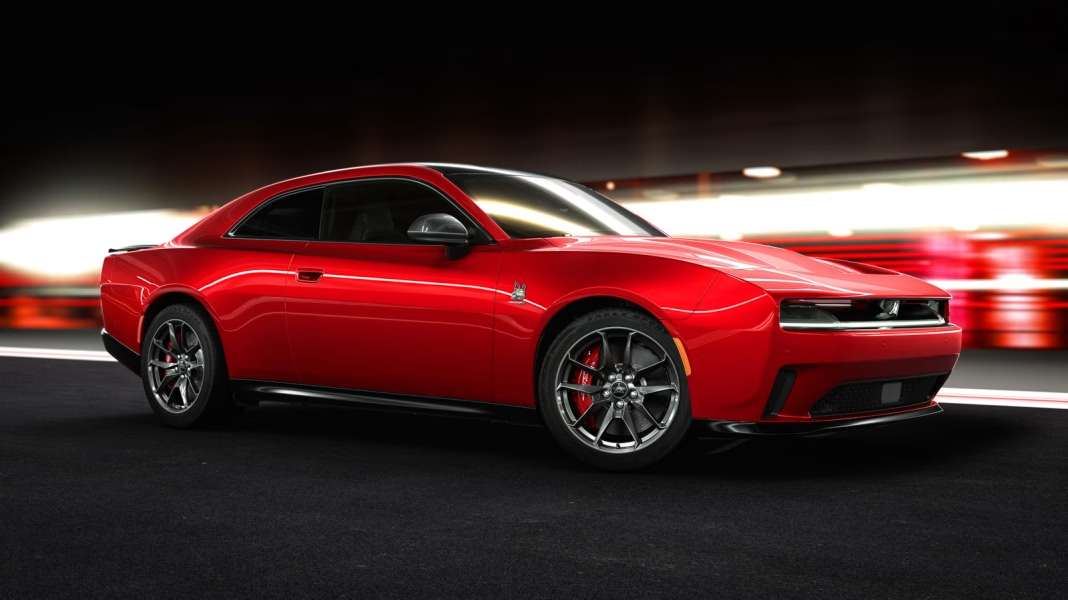The Dodge Charger has long been a symbol of American muscle, boasting power and performance that can turn heads and quicken heartbeats. But what happens when that power is unleashed in unexpected ways? Recently, a curious incident involving the Charger raised eyebrows and sparked conversations among car enthusiasts and everyday drivers alike.
What Happened with the Charger’s Power?
Imagine cruising down the highway, enjoying the smooth ride of your Charger, when suddenly, the car accelerates on its own. Sounds like something out of a sci-fi movie, right? Unfortunately, this was the reality for some drivers when the Charger unexpectedly tapped into its impressive 670 horsepower. While the sheer power of the Charger is part of its allure, this incident highlighted a concerning issue: the potential for unintended acceleration.
The Charger, equipped with advanced technology and a powerful engine, is designed to deliver thrilling performance. However, when that power isn’t fully controlled, it can lead to dangerous situations. In this case, the vehicle accelerated without driver input, raising questions about safety features and the reliability of modern automotive technology.
Why Does This Matter?
For many, the Charger represents freedom and excitement on the road. But incidents like this remind us that even the most beloved vehicles can have flaws. It’s essential to understand how these powerful machines operate and what safety measures are in place to protect drivers and passengers.
The automotive industry is continually evolving, with manufacturers striving to integrate cutting-edge technology into their vehicles. While advancements like adaptive cruise control and lane-keeping assist enhance the driving experience, they also introduce complexities that can lead to unexpected outcomes. This incident serves as a wake-up call for both manufacturers and consumers to prioritize safety alongside performance.
What Can Drivers Do?
If you’re a Charger owner—or considering becoming one—there are a few steps you can take to ensure a safer driving experience. First, familiarize yourself with your vehicle’s features. Understanding how your car’s systems work can help you respond better in unexpected situations.
Regular maintenance is another crucial aspect. Keeping your vehicle in top shape can prevent many issues, including those related to acceleration and braking systems. If you notice anything unusual, such as unresponsive controls or erratic behavior, don’t hesitate to consult a professional mechanic.
Additionally, staying informed about recalls and safety updates is vital. Manufacturers often issue recalls to address potential safety hazards, and being proactive can help you avoid problems down the road.
What’s Next for the Charger?
The Charger has a rich legacy, but it’s also at a crossroads. As the automotive landscape shifts toward electric vehicles and more sustainable options, Dodge faces the challenge of maintaining the Charger’s iconic status while ensuring safety and reliability. The recent incident may prompt further scrutiny of the Charger’s technology, leading to enhancements that prioritize driver control and safety.
The big takeaway? The Charger isn’t just about raw horsepower; it’s about the balance between power and safety. If you’re behind the wheel of a powerful vehicle, remember that understanding its capabilities—and limitations—is key. Start with one change this week, whether it’s a quick check of your vehicle’s systems or a refresher on its features, and you’ll likely spot the difference in your confidence on the road.


